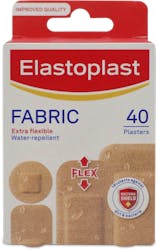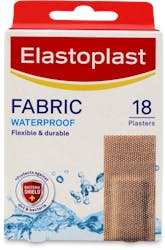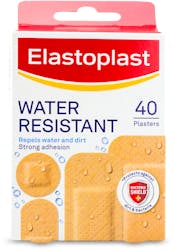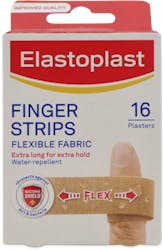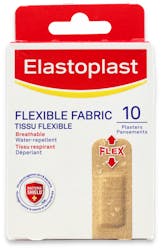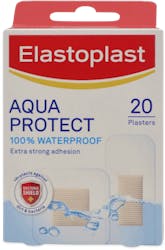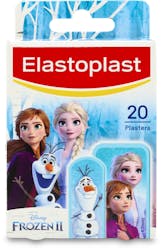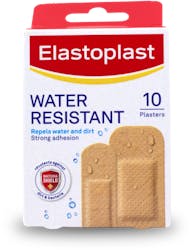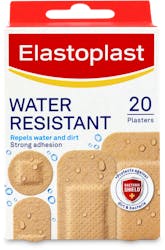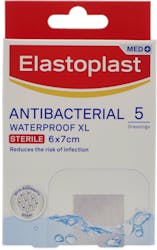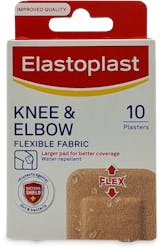Elastoplast offers a diverse range of products tailored to meet the varying needs of its users. Whether you're in search of a plaster, sports bandage, or antiseptics, Elastoplast ensures top-notch quality and reliability. Their commitment to sustainability is evident in their approach to minimising environmental impact. By leveraging renewable materials, responsibly sourcing raw materials, and supporting a circular economy, Elastoplast aims to reduce its carbon footprint. Moreover, the brand prioritises the health and well-being of its users. A testament to this is their proactive approach in eliminating natural rubber latex from the majority of their packaging by 2021, catering to those with latex allergies.
More about Elastoplast
Frequently Asked Questions:
How should Elastoplast plasters be disposed of?
While the folding box, sealing paper, and release liner of Elastoplast products can be recycled, the plaster itself should be discarded in household rubbish. This is because the plaster may have been in contact with wounds and could contain bodily fluids. It's not suitable for organic waste streams or natural disposal.


